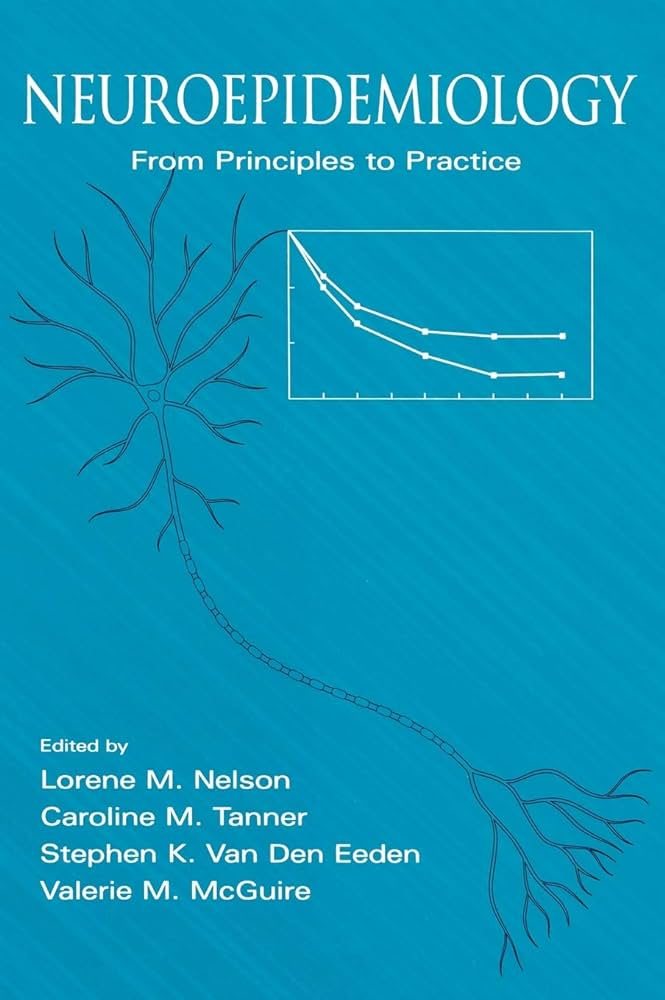少晒太阳与进展期发病和复发期发病的多发性硬化症风险有关:一项病例对照研究。
IF 4
3区 医学
Q2 CLINICAL NEUROLOGY
引用次数: 0
摘要
背景日光照射一直与多发性硬化症(MS)的发病有关,但病例样本主要是复发型多发性硬化症(ROMS),而且很少单独报告复发型多发性硬化症和进展型多发性硬化症(POMS)的风险估计值。这项全国性病例对照研究纳入了153例POMS病例、204例ROMS病例和558例社区对照,其数据分别来自两个数据集:PPMS研究(2015-2019年)和Ausimmune研究(2003-2006年)。研究人员收集了首次出现多发性硬化症症状前在阳光下活动的时间、皮肤表型、防晒行为等信息。环境紫外线辐射(UVR)卫星数据用于计算累积紫外线辐射剂量。结果紫外线辐射暴露水平越高,POMS发病风险越低,这与从6岁到发病前的闲暇时间和职业性紫外线辐射都存在一致的剂量-反应关系。总体而言,POMS的相关性强于ROMS。例如,从 6 岁到症状出现,休闲时间的累积紫外线辐射剂量(每 100 kJ/m2 增量)与 POMS(aOR 0.93,95% CI 0.91-0.95)相关,而与 ROMS(aOR 0.96,95% CI 0.94-0.99)的相关性稍弱(交互作用检验 p<0.001)。阳光对POMS的影响通常强于对ROMS的影响。本文章由计算机程序翻译,如有差异,请以英文原文为准。
Low sun exposure is associated with both progressive-onset and relapse-onset multiple sclerosis risk: a case-control study.
BACKGROUND
Sun exposure has consistently been associated with Multiple Sclerosis (MS) onset, but case samples are predominantly relapse-onset MS (ROMS), and risk estimates have rarely been reported separately for ROMS and progressive-onset MS (POMS). We aimed to determine whether sun exposure prior to disease onset was associated with POMS, and whether the effect differed between POMS and ROMS.
METHODS
This nationwide case-control study included 153 POMS cases, 204 incident ROMS cases, and 558 community controls with data from two separate datasets: the PPMS Study (2015-2019) and the Ausimmune Study (2003-2006). Information on time spent in the sun before first MS symptom, skin phenotype, sun protection behavior was collected. Satellite data on ambient ultraviolet radiation (UVR) was used to calculate cumulative UVR dose. Unconditional logistic regression was used with adjustment for covariates.
RESULTS
There were consistent dose-response associations, with higher levels of UVR exposure associated with a reduced risk of POMS, both for leisure-time and occupational UVR from age 6 to symptom onset. Associations were overall stronger for POMS than ROMS. For example, cumulative leisure-time UVR dose (per 100 kJ/m2 increment) was associated with POMS (aOR 0.93, 95% CI 0.91-0.95) and the association was slightly weaker for ROMS (aOR 0.96, 95% CI 0.94-0.99) for age 6 to symptom onset (test for interaction p<0.001).
CONCLUSIONS
Low levels of sun exposure, throughout the whole life span, are associated with increased risk of POMS and ROMS onset. The sun effects are usually stronger for POMS than ROMS.
求助全文
通过发布文献求助,成功后即可免费获取论文全文。
去求助
来源期刊

Neuroepidemiology
医学-公共卫生、环境卫生与职业卫生
CiteScore
9.90
自引率
1.80%
发文量
49
审稿时长
6-12 weeks
期刊介绍:
''Neuroepidemiology'' is the only internationally recognised peer-reviewed periodical devoted to descriptive, analytical and experimental studies in the epidemiology of neurologic disease. The scope of the journal expands the boundaries of traditional clinical neurology by providing new insights regarding the etiology, determinants, distribution, management and prevention of diseases of the nervous system.
 求助内容:
求助内容: 应助结果提醒方式:
应助结果提醒方式:


